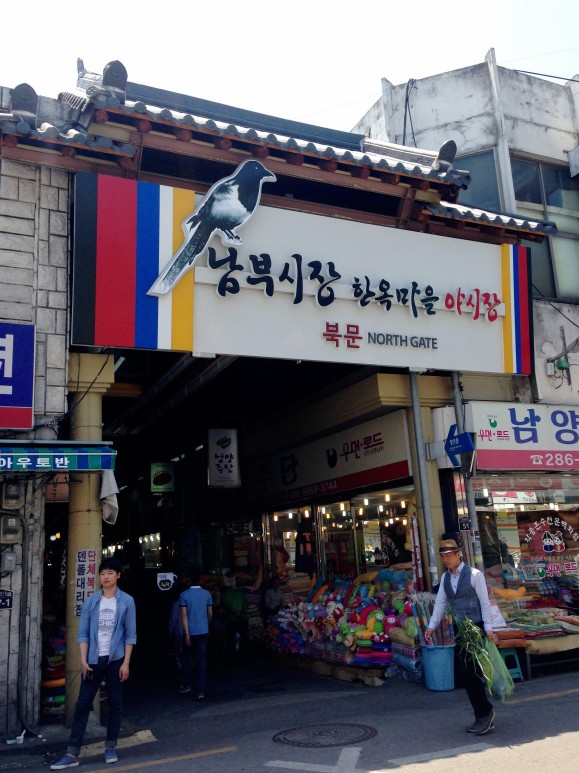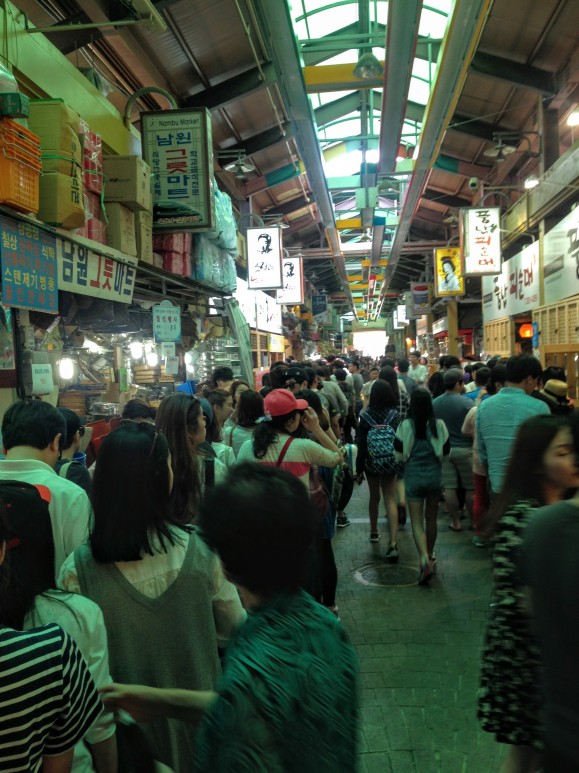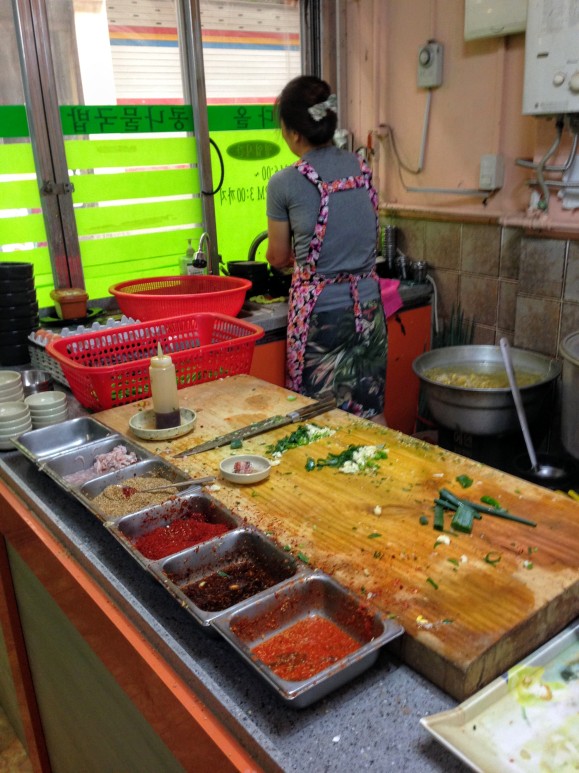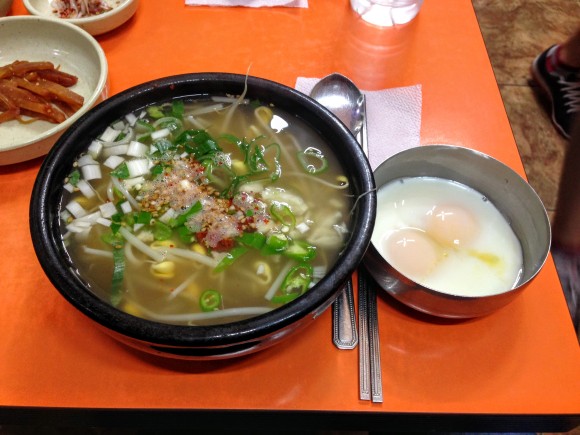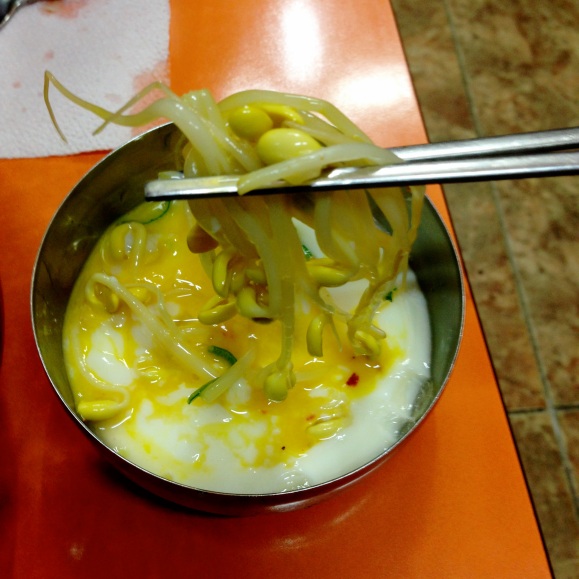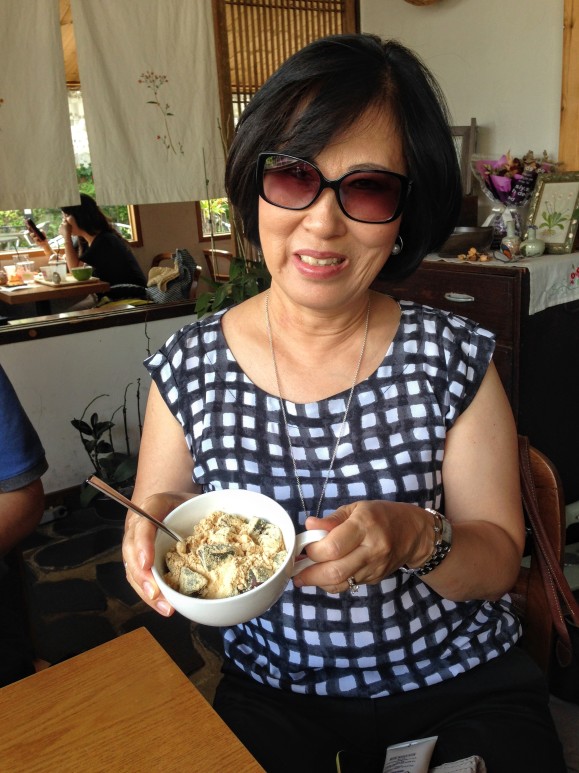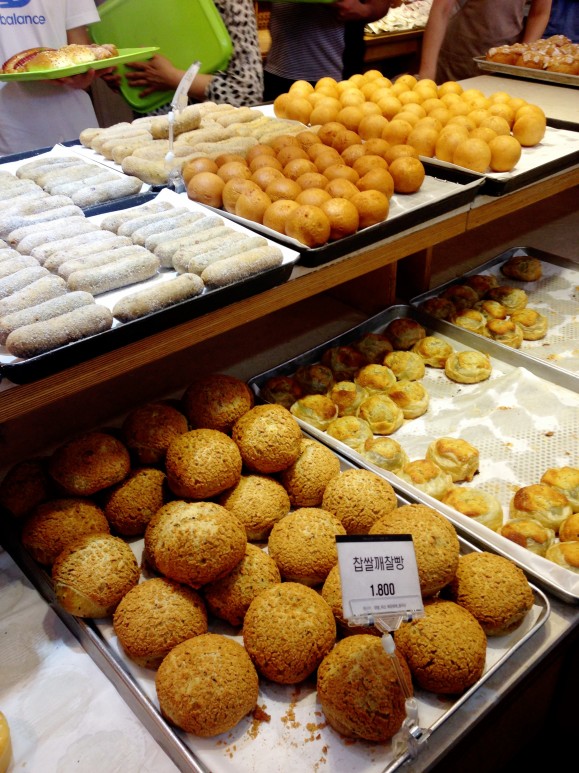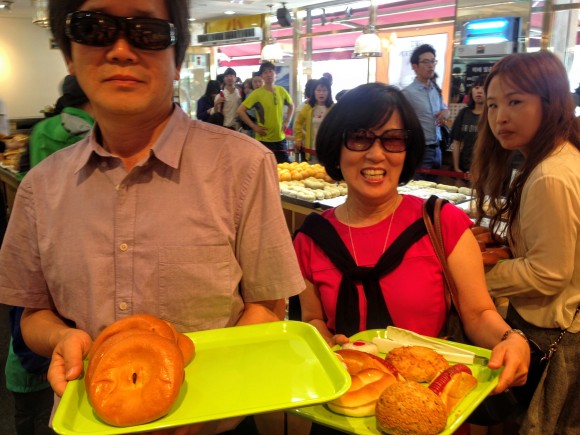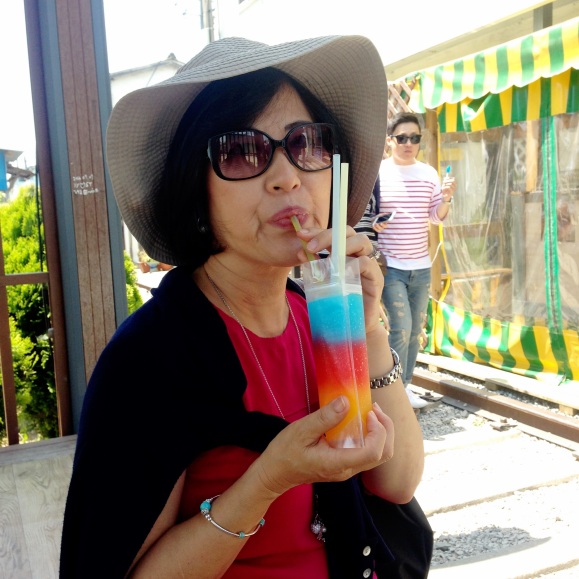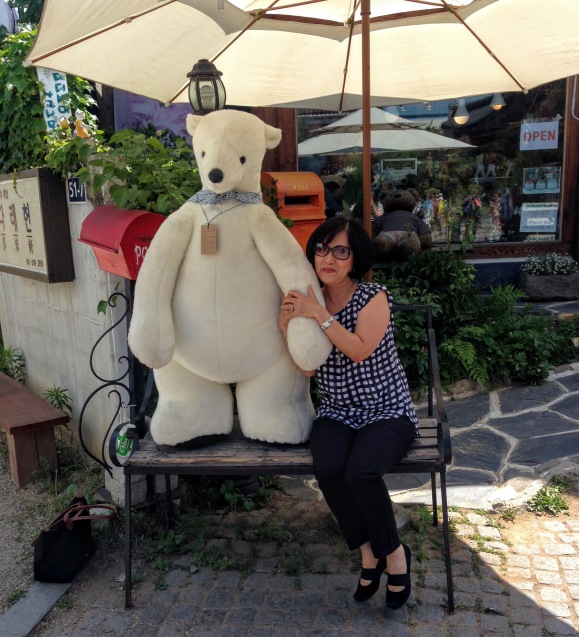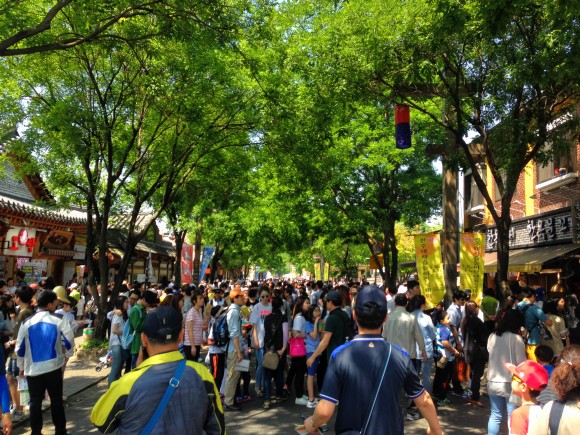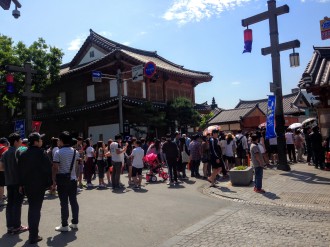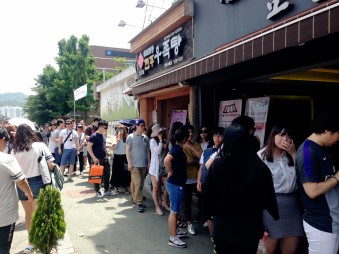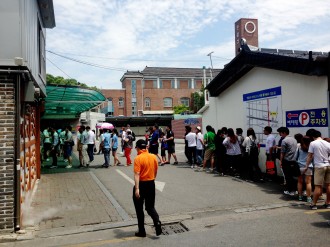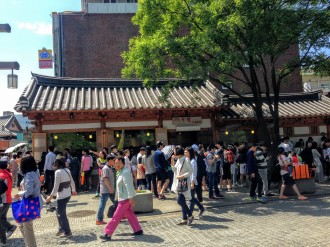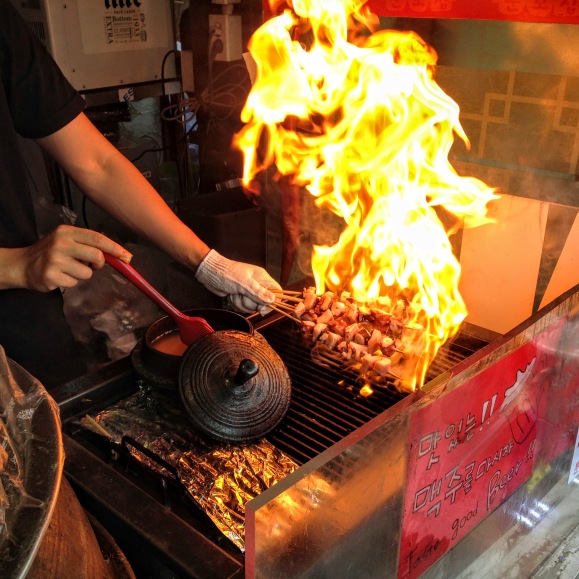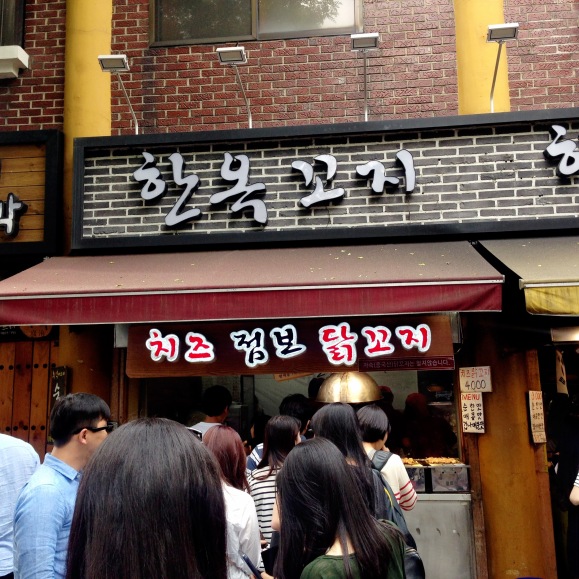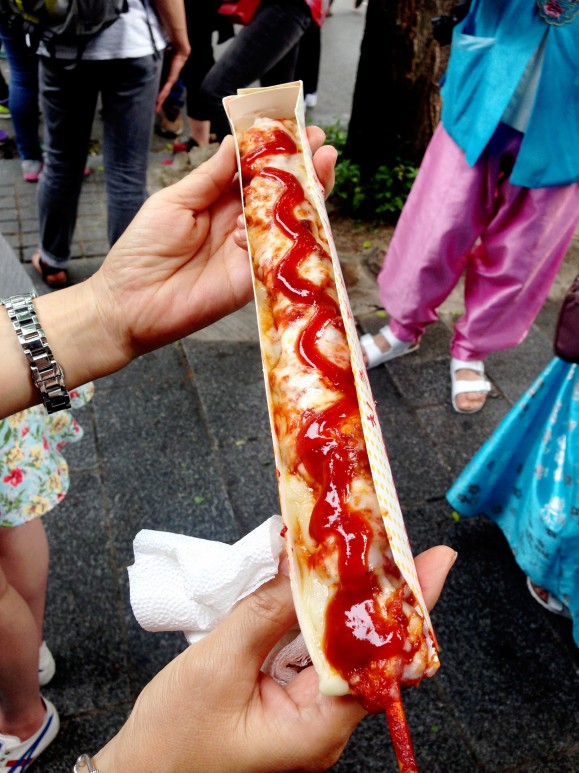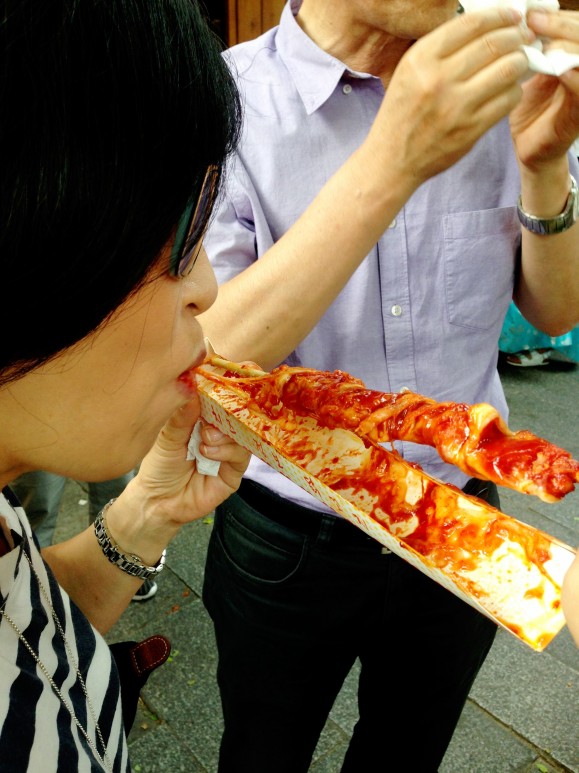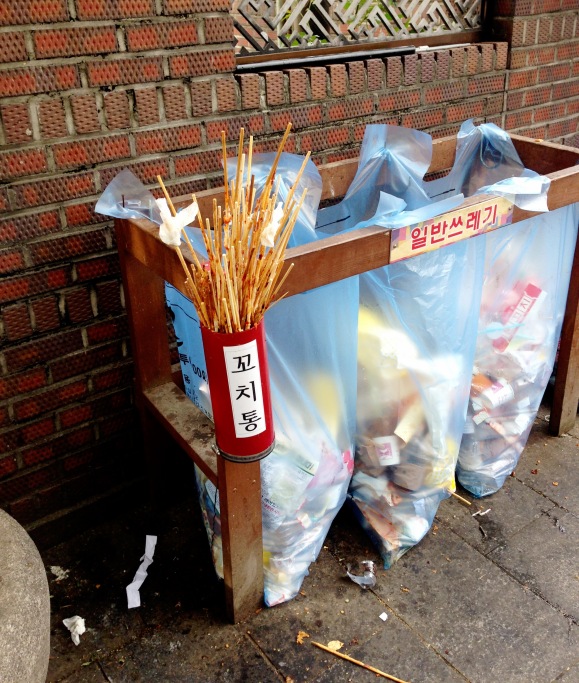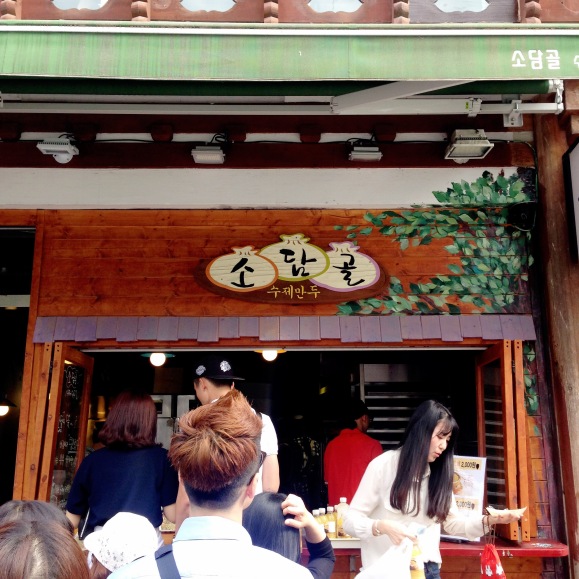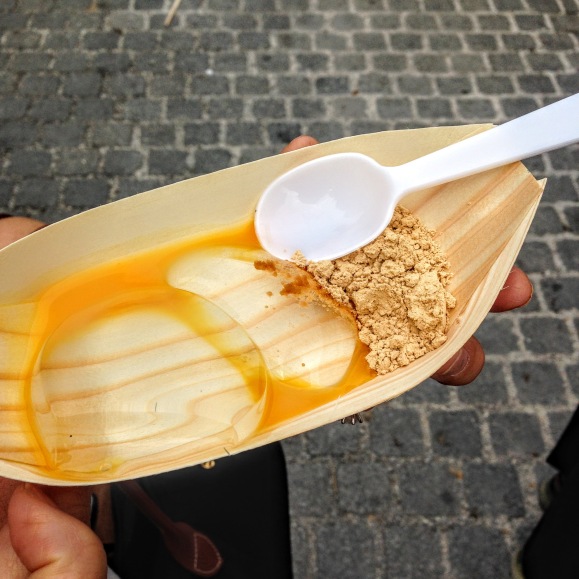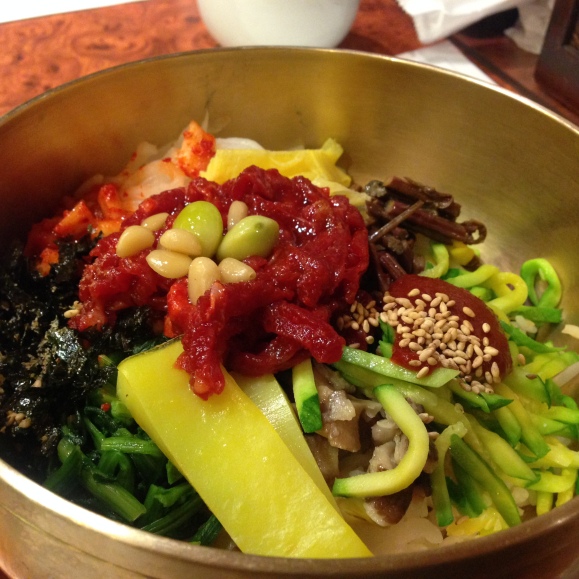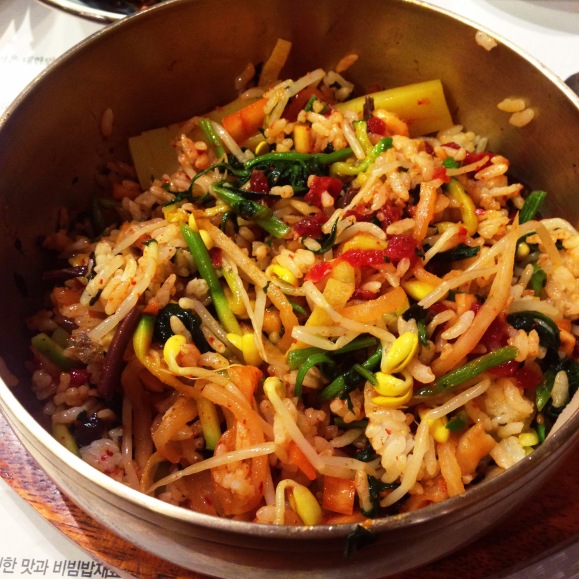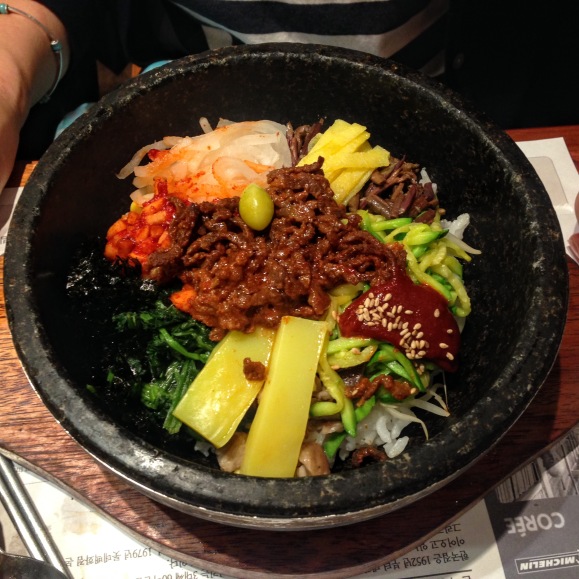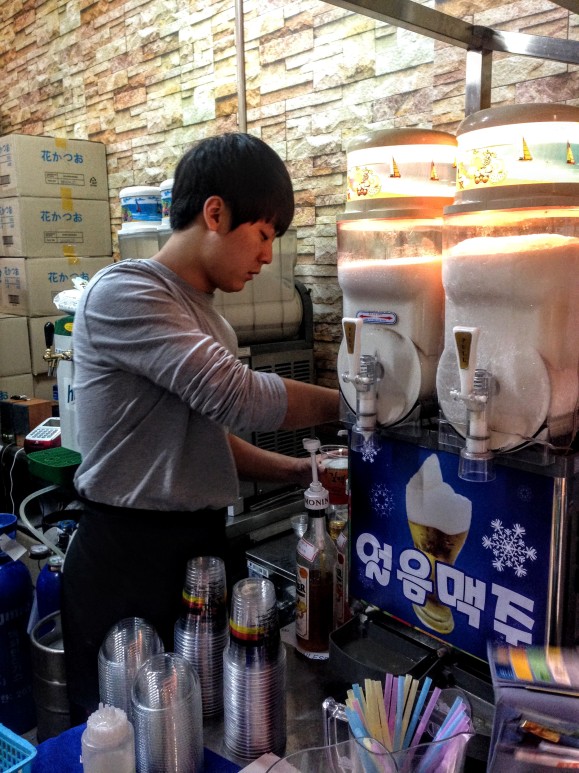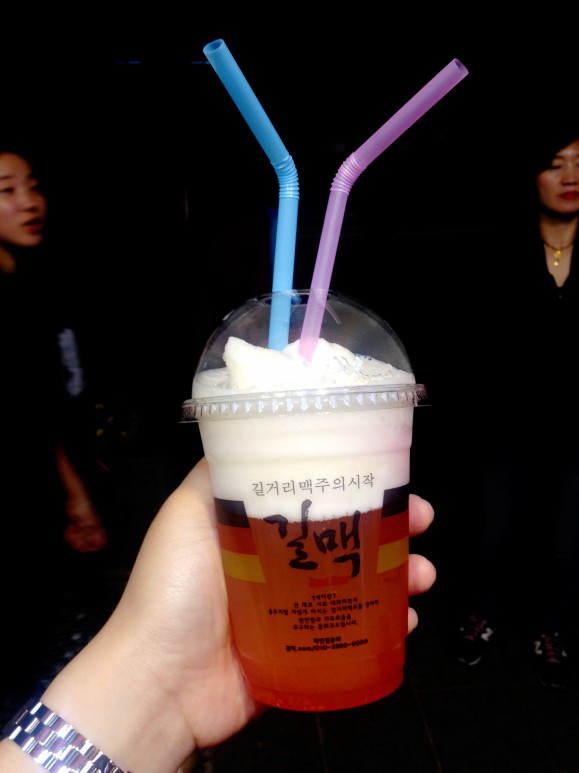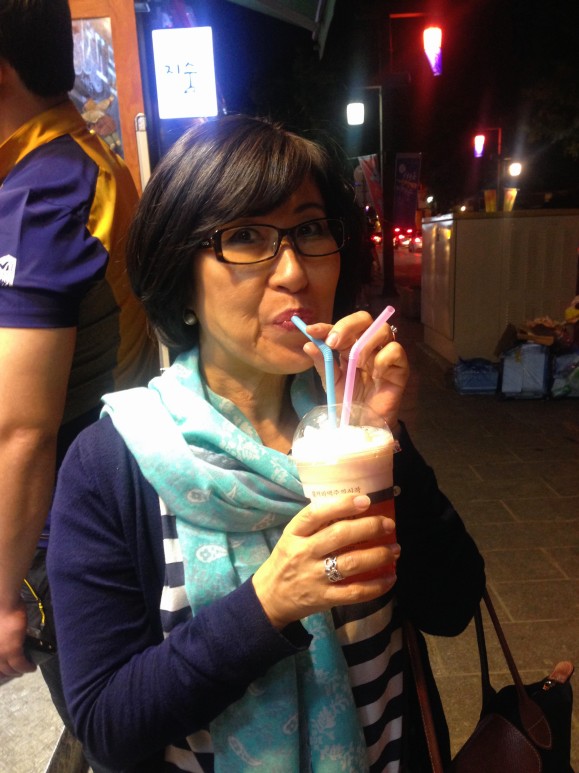New year’s resolution: revive food blog.
I published 14 posts in 2015, a little bit more than one per month, which is actually not that bad but I think I can do a lot better. I blame the strange and uncharacteristic fitness kick that took over my life in the summer… spent all my spare time run-walking and didn’t eat out that much. I don’t know what came over me. But thankfully, I have now entered winter hibernation which means a lot less moving and a lot more eating.
The smart thing to do would be to trash everything in my backlog and just start from my most recently eaten meal… but the very very small OCD part of me can’t bear to just let all these photos and experiences disappear into oblivion. So I’m gonna do a few quick photo-dump bulk-blogging posts to clear my library and actually get things up-to-date here. Because these places are still worth posting about, provided that they still exist.
I noticed that most of my backlog consisted of international food spots, so I’ve dubbed this series “Seoul Food Safari” and today our tastebuds travel to Uzbekistan, Vietnam, and Japan. Click on the name of each restaurant for address and Naver map!
1. Samarkand Restaurant, Ansan (technically not Seoul but . . . eh.)
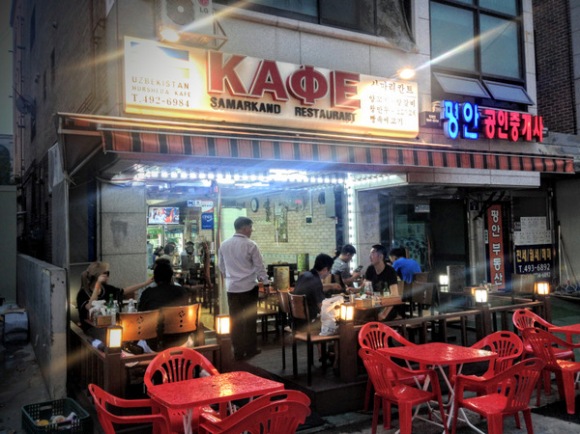
On our second visit to Ansan, we had dinner at Samarkand which is an Uzbek restaurant that comes highly recommended by everyone on the internet who has written anything about good food in the Ansan area.
The waiter greeted us at the door and didn’t seem to want to let us sit inside. “Inside? Smoking only outside.” Because we clearly look like pack-a-day kind of people. I blame Matt’s long hair and facial scar (actually from chicken pox).
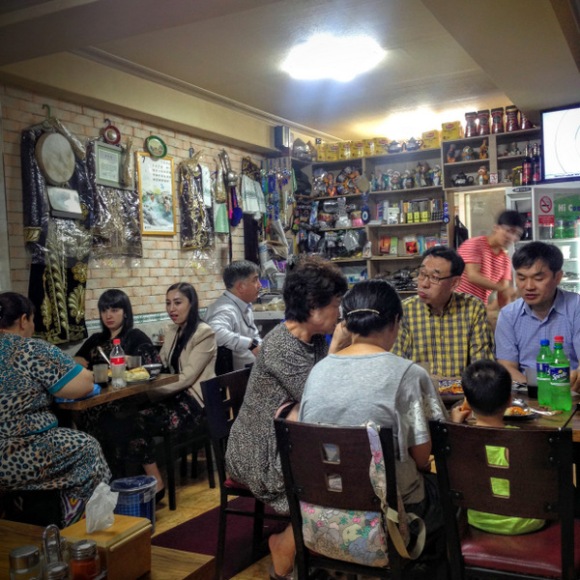
It’s a small cafe-style restaurant, with an Uzbek mini-mart in the back. Walls decked with traditional Uzbek clothing (still in their plastic cover? maybe it’s just the owner’s drycleaning…)
I always get really confused about how to order at these kinds of restaurants. It feels most natural to speak in English because obviously I can’t speak Uzbekistani but it feels so weird to speak Korean (my second language) to another non-Korean person. But EVERY SINGLE TIME my English gets blank looks and I end up just awkwardly pointing at menu items. And then I overhear the waiter speaking fluent Korean to another table and feel like an idiot.

Prices have gone up in recent years, but they’re still pretty reasonable. We ordered the Plov on the recommendation of an Uzbek friend who always talks about how much he misses it.
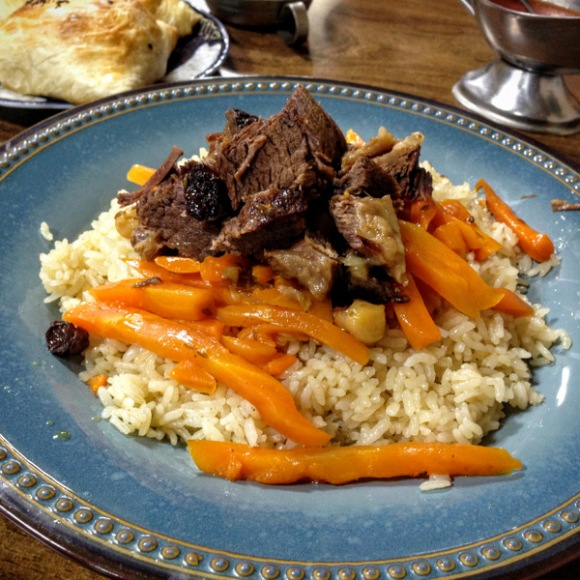
Plov (also known as pilaf in other cultures) is a very simple dish of seasoned rice, carrots and lamb. The rice is incredibly flavourful because it’s actually cooked on top of the lamb and carrots in a dutch oven, infusing it with all the stock and spices.
The servingware here is beautiful too.
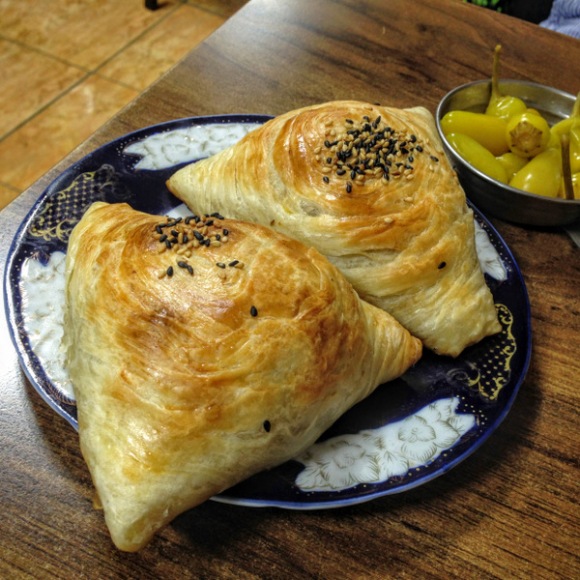
We also got Samsa which is huge triangle-shaped pastry packed with a meat and onion filling.
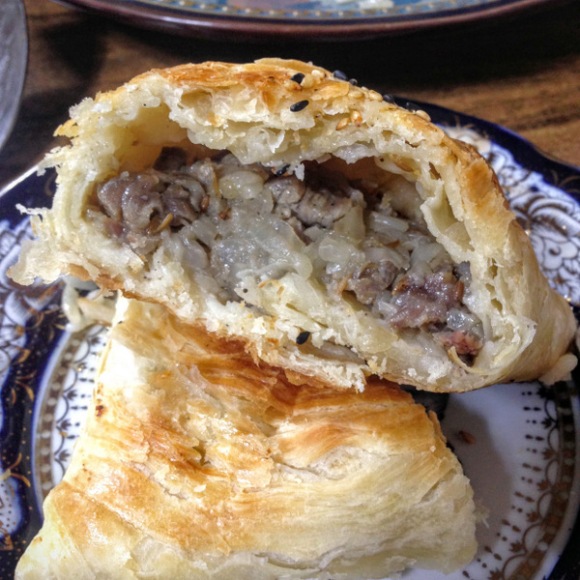
I LOVE meat-filled pastries, but they sadly do not form part of Korean cuisine (the closest thing would probably be fried dumplings). But these really hit the spot after being long-deprived of my Aussie meat pies and sausage rolls. I really liked the mix of spices that were present in each dish – relatively mild compared to Asian or Middle-Eastern cooking, but still gave every mouthful a very distinct and interesting flavour.
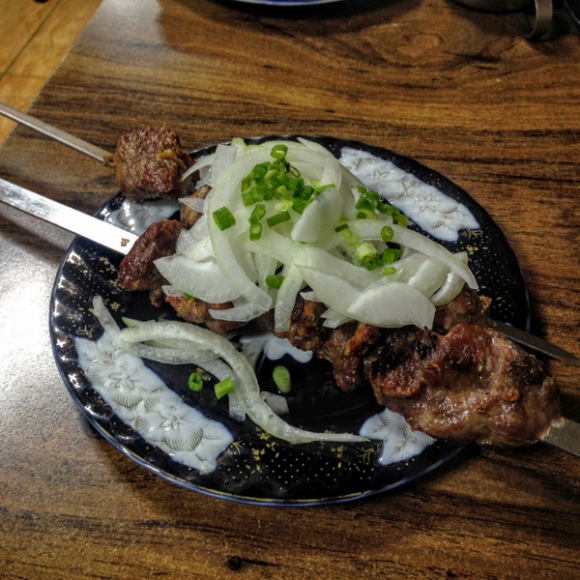
We ended our meal with some barbecued lamb skewers which were charred and juicy and amazing. Lamb is the rarest of the meats here (most Koreans hate the smell) so its always a special treat and whenever I eat it I always exclaim something like “LAMB! I almost forgot how delicious you were!”
I knew absolutely zero about Uzbek food before this meal but I really enjoyed it. It was somewhat similar to the Middle-Eastern food that I know and love, but was also a new experience in itself. If you’re not keen enough to travel to Ansan, the goods news is that there’s a Samarkand Cafe in Dongdaemun that is also pretty well known (very close to Dongdaemun History and Culture Park station). I’m not sure if it has the same owner, but from the photos I’ve seen the food looks almost identical. Totally worth a visit if you’re sick of Korean food and want to try something completely different.
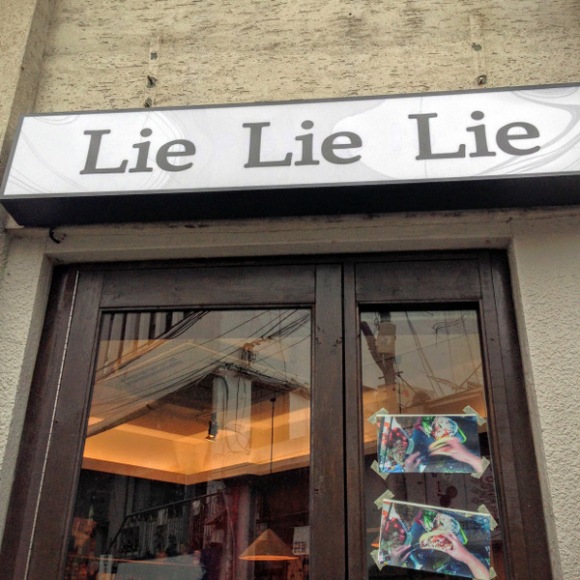
In my quest to find the best Vietnamese pork roll in Seoul, Lie Lie Lie is the current frontrunner. It’s a tiny shop hidden in the alleyways of up-and-coming “hot place” Yeonnam-dong – an area next to Hongdae that is brimming with cool little shops, cafes, and eateries.
This place is great for a number of reasons. Firstly, all the bread is freshly baked daily on premises.
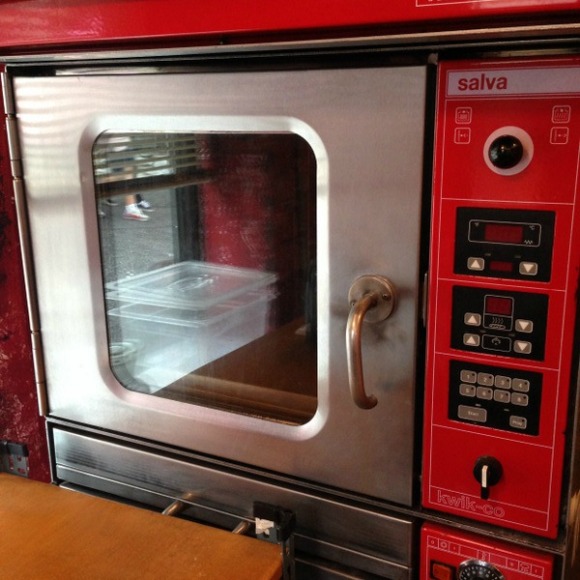
Here is the oven to prove it.
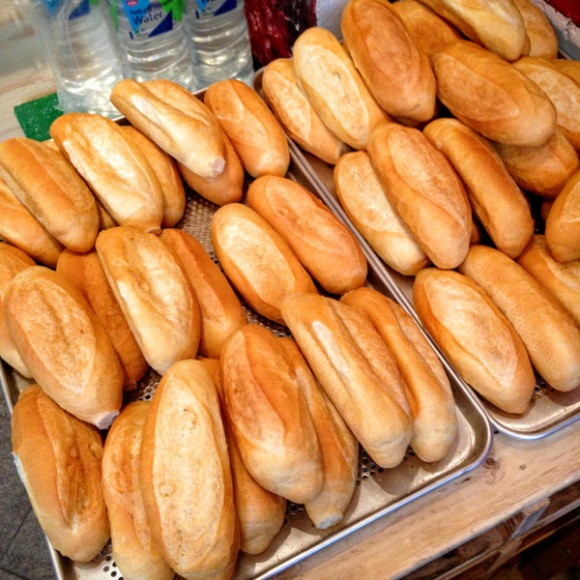
This is the closest thing I’ve found to the Vietnamese rolls from the “hot bread” bakeries in Sydney. While I do love banh mi served in a classic french baguette, this is the kind of bread that defines “pork roll” for me.

Second, they stock cans and cans of the essential ingredient: LIVER SPREAD. Pork roll is not pork roll without the dodgy pâté, but this is the first banh mi place I’ve found in Seoul that actually has it. Pâté has a flavour and texture that Koreans wouldn’t typically enjoy, so I understand why places don’t bother with it but without the spread, whatever you’re selling isn’t banh mi; it’s a banh mi-inspired sandwich.
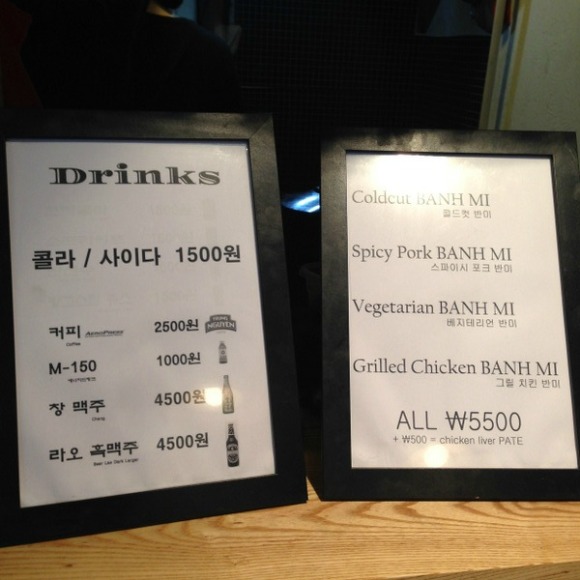
They have four different types at the very good price of 5,500 won and of course I happily paid the 500 won extra for the chicken liver pate. I was only really interested in the cold cut version, but I was with a friend who had never tried banh mi before so we ordered three different ones for the sake of variety.
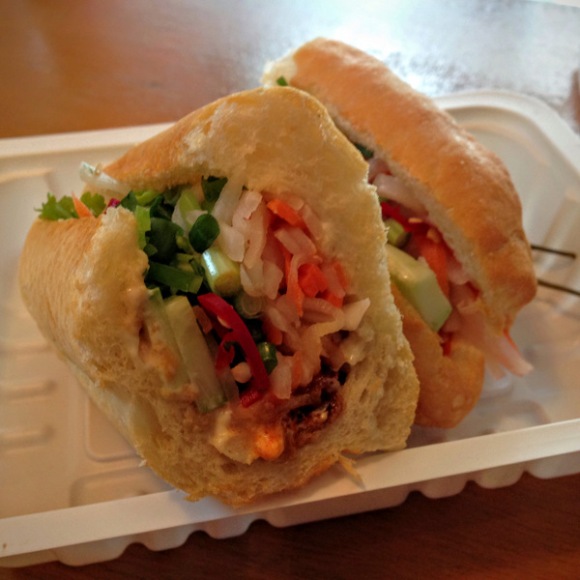
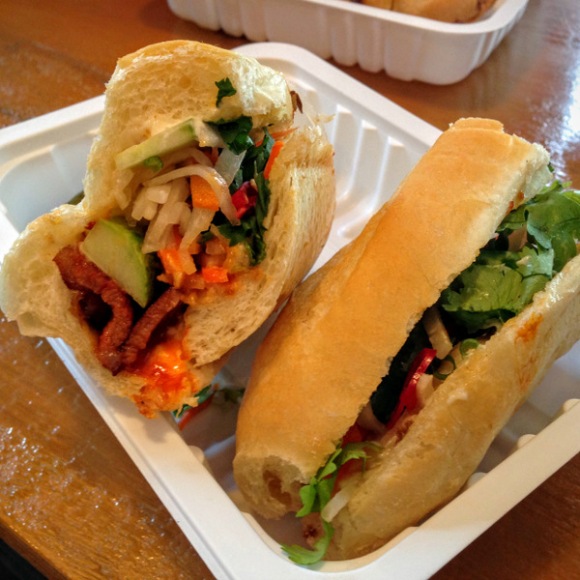
The grilled chicken and spicy pork banh mi were both really good (the spicy pork one tasted a bit like Korean-Vietnamese fusion) and all the essential vegetable components were present:

Cucumber, carrot, pickled radish, fresh chopped chilli, spring onion, and coriander. They could be a bit more generous with the fillings, but hey, at least everything was there and nothing weird was added (I’ve had some banh mi here with iceberg lettuce. That’s no-no.)
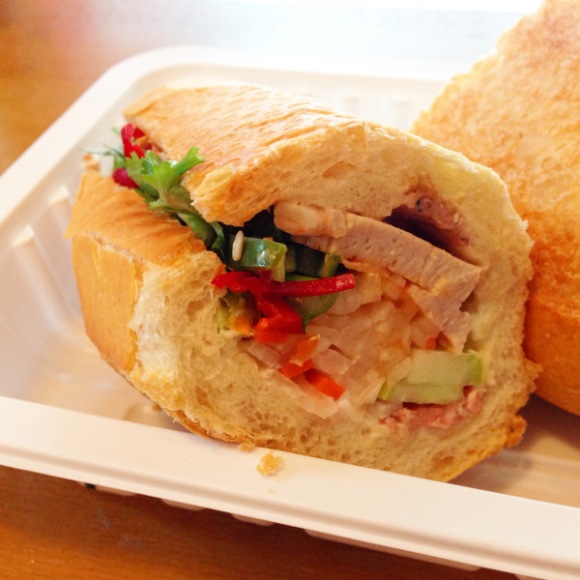
The best BY FAR was the cold cut w/ pâté. The only thing missing was the maggi sauce, so it wasn’t quite the lovely, messy, sauce-soaked experience of a Sydney pork roll but it was more than good enough to satisfy my cravings.
A word of warning: the rolls are quite small. One roll per person is not enough for lunch – we were quite happy with three rolls between the two of us but I could easily polish off two myself if hungry enough.
There are a couple of other banh mi joints on my radar, and if any other place manages to beat Lie Lie Lie on flavour and authenticity, it will for sure make an appearance on this blog, don’t worry.
I have learned to embrace the hamburg “steak” – the minced beef steak substitute enjoyed in cattle-poor nations, otherwise known as a “patty” or “rissole” in places where red meat is more of a staple than a luxury. It is sad excuse for steak, but it does the job when my belly craves beef but my wallet can’t afford it.
I first had hot-stone self-cook hamburg in Tokyo and I loved it. Every bite of fatty hamburg is perfectly cooked to your liking, still sizzling from the magic stone. It’s also just a fun eating experience, and having individual cooking stones feels much more refined than grilling meat in a barbecue grill built into your table.
I found this place after watching two characters go on a date here in a Korean drama. The drama sucked, but at least it led me to Fukuoka Hamburg – a trendy chain restaurant that has a few locations around Seoul These photos are from about six months ago but I actually went back the other day and it was just as good as I remembered.
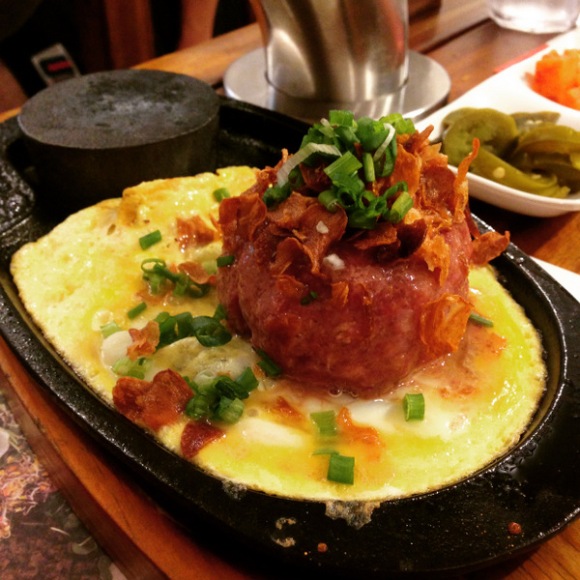
This is the “egg garlic” hamburg that comes on a bed of scrambled egg and garlic chips. You can also just get egg hamburg, egg cheese hamburg, or the PREMIUM egg cheese AND garlic hamburg. You can get the hamburg steak without the egg too, but why would you?
The steak comes in XS, S, M and L sizes and even as a pretty big eater, S was enough hamburg for me (even without any rice!) The self-cooking forces you to eat quite slowly, so I was quite satisfied by the end of it.

You not only get your own personal cooking stone, each person also gets their own smoke ventilation pipe. And if your hot stone starts to cool down, they give just replace it with a new one.
Safety tips: DO NOT TOUCH THE HOT STONE. Not even when its cooled down. And wear the disposable aprons they give you if you want to protect your clothes from sputtering beef fat.
It’s on the pricey side for casual dining in Seoul (starts at around 10,000 won for S size) but it’s 100% hanwoo from cattle bred and raised in Korea – so the quality of the meat and the self-cooking makes it taste so much better than your everyday hamburg. And none of that gross ketchup/Worcestershire sauce nonsense that hamburg steaks usually come swimming in.
The first time I had Fukuoka Hamburg, I ended up at a Japanese dessert cafe by complete coincidence. We were just wandering around looking for something sweet and came upon Be Sweet On, a really adorable cafe that does house-made Japanese style desserts.
Seoul is generally very good at desserts, but most cafes just have a variety of pre-made cakes and/or bingsoo. This place is unique because it serves these beautifully made-to-order desserts that look like what you’d get as the final course at a fancy restaurant.
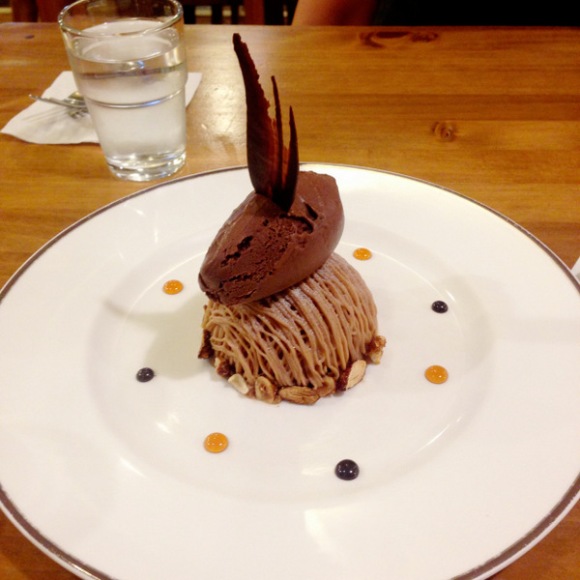
This is the Mont Blanc -puréed chestnuts with a quenelle of dark chocolate ice cream.
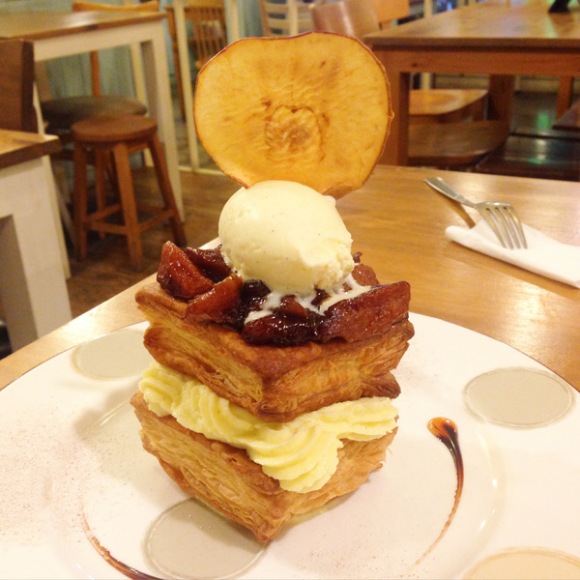
And this is the tarte tartin – puff pastry with vanilla cream, caramelized apples, vanilla ice cream, and a thin apple chip on top.
This place ain’t cheap but they’re the prettiest desserts I’ve had in Seoul.
So that’s it for this instalment of Seoul Food Safari. In the next episode, we take our bellies to China, Britain, and Hong Kong. See you then!

